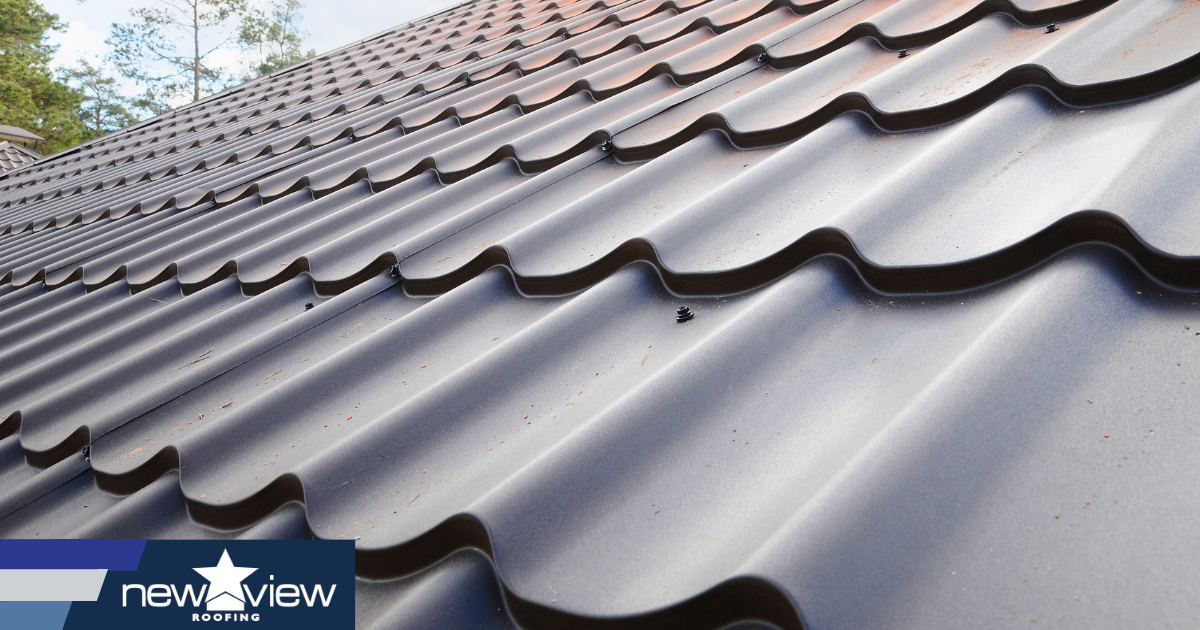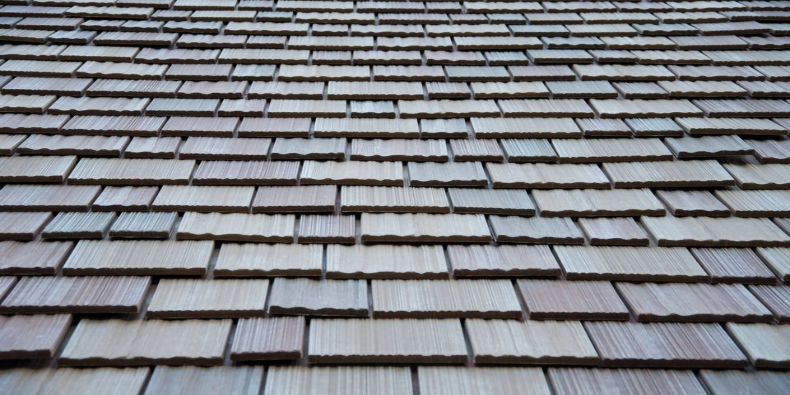Contrasting Prices Among Roofing Companies in Gainesville Florida
Contrasting Prices Among Roofing Companies in Gainesville Florida
Blog Article
Best Practices for Ensuring Proper Roof Ventilation
Making certain proper roof covering ventilation is vital for the durability and effectiveness of a roof. A well balanced intake and exhaust vent proportion, frequently 1:300, plays an essential role, with intake vents ideally positioned at the lower edge of the roofing system for great air entrance and exhaust vents at the top for cozy air departure. Normal examinations to identify clogs and keep clear air movement are critical. In addition, maintaining insulation far from vents is vital to protect against airflow restriction. Recognizing these foundational aspects sets the phase for even more comprehensive understandings right into setup and maintenance techniques that can considerably boost your roofing system's efficiency.
Understand Air Flow Fundamentals
Appropriately comprehending ventilation basics is necessary for ensuring the long life and efficiency of roof. Effective ventilation alleviates moisture accumulation and temperature extremes in the attic room, both of which can cause substantial structural damages gradually. A well-ventilated roofing aids in protecting against common problems such as mold and mildew development, wood rot, and ice dams, which can endanger the integrity of the roof covering products and the underlying frameworks.
The primary objective of ventilation is to promote the movement of air, permitting a consistent exchange in between the outside and interior settings. This equilibrium is achieved through a mix of intake and exhaust vents that collaborate to keep optimum air movement. Intake vents, commonly located along the eaves or soffits, permit fresh air to enter the attic room area, while exhaust vents, usually situated at or near the roofing ridge, allow hot, damp air to leave.
Secret aspects influencing the efficiency of roof covering ventilation include correct positioning, sufficient sizing, and ensuring that both consumption and exhaust vents are unblocked. Normal evaluation and maintenance are vital to identify prospective clogs, damages, or ineffectiveness in the ventilation system, thus guarding the roofing system's performance and durability.
Kinds Of Roof Vents
Roofing vents play an important duty in keeping efficient attic room air flow and, by extension, the total health of the roofing system. Various sorts of roofing vents are offered, each with special advantages tailored to particular roofing requirements. Ridge vents, as an example, are installed along the roof covering's peak, enabling cozy, moist air to leave from the attic. They supply continuous ventilation and mix perfectly with the roofline, making them both reliable and visually pleasing.

Soffit vents are mounted under the eaves and operate in tandem with roof vents to guarantee a balanced intake and exhaust system. By allowing cooler air to go into from below, soffit vents facilitate the expulsion of warm air with top vents. Gable vents, situated on the exterior wall surfaces of the attic room, offer another reliable service, specifically in homes with saddleback roofs.
Examine Your Present Ventilation

Following, take into consideration the age and condition of your roof products and air flow parts. Older systems may not abide by current building regulations or might have weakened gradually, minimizing their performance. Conduct an extensive exam to identify any indications of damage, such as corrosion, damage, or voids that could compromise the system's efficiency.
In addition, gauge the attic room temperature and humidity degrees. Heats and humidity can suggest inadequate air flow - roofing companies gainesville florida. Use a hygrometer and thermostat to find out this here obtain exact analyses, comparing them with outside problems. Persistent disparities recommend potential problems that require dealing with.
Installation Best Practices
Reliable setup of roofing ventilation systems is paramount for guaranteeing optimal performance and long life. Correct setup starts with understanding the certain ventilation demands of the building and the roofing it covers. This entails computing the right proportion of intake to wear down vents, usually sticking to the 1:300 regulation, which specifies one square foot of ventilation for each 300 square feet of attic floor space.

The placement of vents is similarly critical. Intake vents must be installed at the roof's reduced side, often in the soffits, to permit amazing air to go into. Exhaust vents, on the various other hand, should be mounted near or at the roof covering's peak to promote the departure of cozy, moist air. This creates a natural airflow that aids preserve temperature level and dampness balance within the attic room.
Seal all vent connections carefully to avoid air leaks and possible water seepage. Usage top quality materials and adhere to maker guidelines to ensure durability and performance. Furthermore, integrating ridge vents with baffles can dramatically enhance air movement performance by preventing wind-driven rainfall and snow from entering the attic.
Inevitably, exact installation of roofing ventilation systems reduces potential problems such as mold development, ice dams, and structural damage, making certain the roofing's integrity and the structure's overall health.
Normal Upkeep Tips
Uniformity in upkeep methods is essential to ensuring the long-term performance of roof ventilation systems. Throughout these inspections, guarantee that vents are totally free of particles, nests, and other blockages that could impede air flow.
Utilize a soft brush or a vacuum to eliminate dirt and particles from intake and exhaust vents. Be mindful not to harm the vent screens or louvers throughout the process.
Correct insulation is similarly important. Make sure that attic room insulation does not obstruct the vents, as this can significantly limit airflow. Reposition or replace it to keep an efficient barrier. if any insulation has changed or resolved.
Lastly, change any kind of damaged or missing out on components promptly. Broken vents, broken tiles, or worn-out flashing can all add to inadequate ventilation and should be dealt with immediately. Routine maintenance guarantees that the roofing ventilation system operates find more info ideally, thereby expanding the life-span of the roof itself.
Conclusion
Making sure proper roof covering ventilation is vital for maintaining the performance and sturdiness of a roofing system. Adherence to the 1:300 intake and exhaust vent ratio, combined with the tactical placement of vents, is vital. Routine biannual evaluations, debris cleansing, and making sure insulation does not block air movement are important techniques. Implementing these ideal methods will certainly foster a well-ventilated roof, thus minimizing prospective concerns connected to moisture buildup and excessive heat, eventually prolonging the roof covering's lifespan.
A well balanced consumption and exhaust vent ratio, commonly 1:300, plays a critical duty, with intake vents preferably placed at the lower edge of the roof covering for trendy air access and exhaust vents at the top for warm air leave. Consumption vents, typically located along the eaves or soffits, allow fresh air to go into the attic space, while exhaust vents, frequently located at or near the roofing system ridge, allow warm, humid air to leave.
Soffit vents are set up under the eaves and work in tandem with roofing vents to make certain a well balanced intake and exhaust system. By enabling cooler air to get in from below, soffit vents help with the expulsion of hot air through upper vents. Adherence to the 1:300 intake and exhaust vent ratio, paired with the strategic positioning of vents, is important.
Report this page